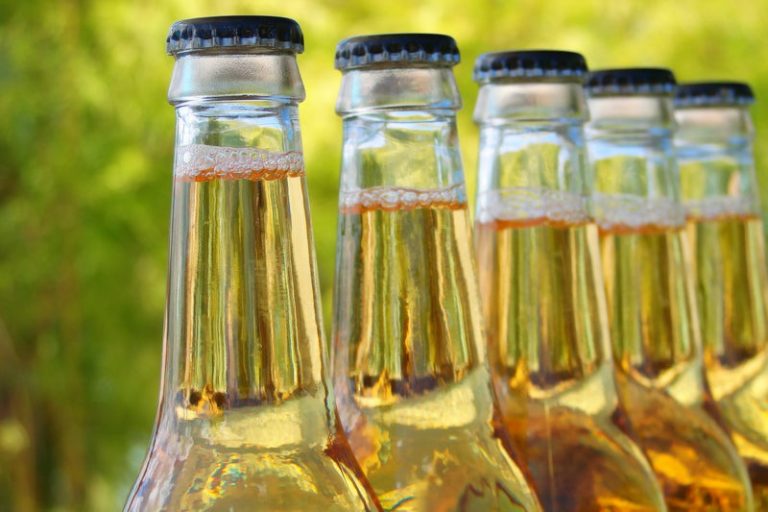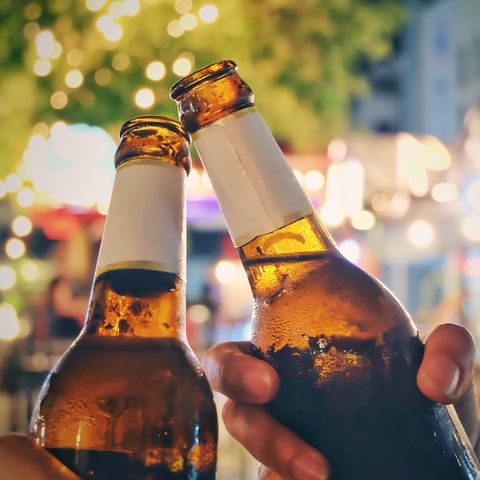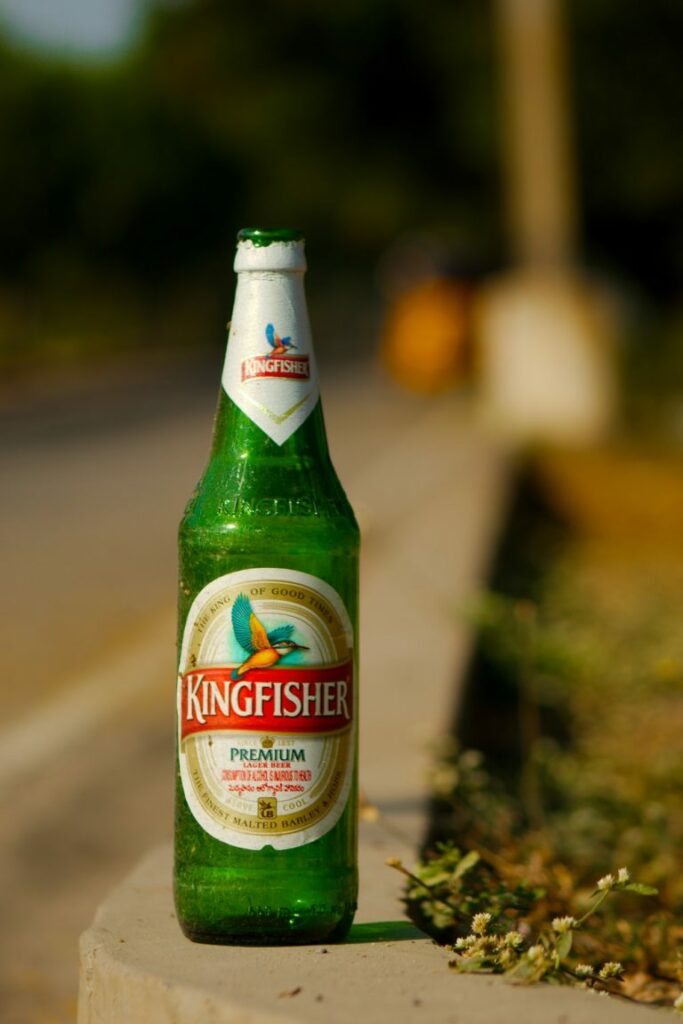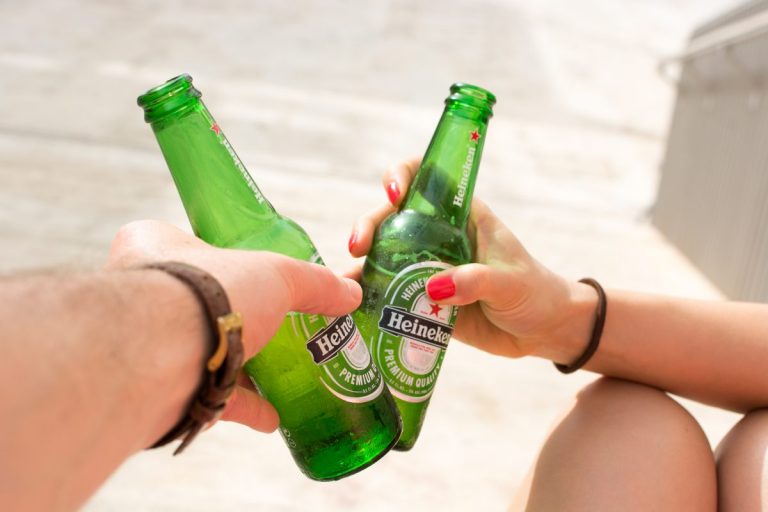Beer lovers can’t imagine life without their favourite drink, finding any excuse to enjoy it regularly. This love for beer is one reason the beer industry is growing so fast. It’s not just the price that makes beer popular; it’s also one of the oldest alcoholic beverages in the world. If you’re a beer enthusiast, you’ve probably noticed those brown and green bottles rolling around.

Have you ever wondered why most beer bottles are brown or green?
The Journey of Beer Bottles

Originally, beer was sold in clear bottles with no colour at all. The tradition of storing beer in glass bottles goes back centuries. Through trial and error, brewers eventually settled on the perfect bottle shape we see today.
The Problem with Clear Bottles

Brewers found that beer in clear bottles was affected by sunlight, causing it to smell odd. This is because UV rays from the sun react with the acid in beer, changing its flavour. To solve this issue, brands began using brown bottles. Brown glass blocks UV rays, protecting the beer inside and keeping it fresh longer.
World War II and the Shift to Green Bottles

During World War II, there was a shortage of brown glass, forcing brewers to return to clear bottles. However, clear bottles didn’t look as high-quality, affecting beer sales. To make their bottles appear premium and attract customers, brewers switched to green glass. They marketed green bottles as ‘premium,’ associating them with higher-quality beer. This strategy worked, and green bottles became a status symbol.
Modern Beer Bottles

Today, beer companies use both brown and green bottles to appeal to a wide range of customers. The next time you’re enjoying a beer with friends, you can impress them with your knowledge about why beer bottles are brown and green. Cheers to the fascinating history behind your favourite drink!